We all love to get out with our cameras and take photos of our favourite subjects. Regardless of expansive sweeping vistas, a favourite dish at the local cafe, or the kids playing in the park, having a camera on hand ensures we document each moment. For some, the pure joy of framing, composition, and exposure is enough to appreciate the straight-out-of-camera images created. For others, taking the photos is just the first step in an editing workflow to achieve satisfaction with the finished product. However, I believe that many photographers spend far too long in the editing chair and, as a result, don’t spend enough time with a camera in hand. Each to their own, I say. But if you find yourself being a slave to Adobe Lightroom or Photoshop - not just talking about the subscription costs - perhaps it’s time to consider a ‘less is more’ approach to editing.

Many decades ago, in art school, I relied more on my skill in the field than the time I spent in the darkroom. Granted, the darkroom offered some flexibility in cropping, exposure, dodging, and burning. However, it was far more critical to get the exposure and framing right at the time of holding the camera. There was little capacity to say, “I’ll fix it in post!” Film photography taught me and my fellow students the importance of taking the necessary time to apply our best skills while taking the shot. Remember that if you got it horribly wrong, you wouldn’t know about it until you processed the negatives.

As a result of those essential photography lessons, I still strive to apply 90% of my acquired skills when taking the shot. Digital cameras forgive us for our sins, as we can check every shot to ensure we are happy with it before we move on. High-resolution sensors enable us to savagely crop images with minimal loss of detail and sharpness. Digital files, especially high-resolution RAW image files, provide flexibility in correcting exposure, framing, pushing back highlights, and pulling detail out of the shadows. More advanced editing solutions also offer the ability to mask areas, adjust colours, and remove unwanted elements entirely. Pro-editing tools are sometimes essential for workflow management and pro-level image finishing. Many editing applications include some level of AI learning to correct sharpness and noise reduction with the click of a single button.
How To Keep The Editing Process Simple

Current generation cameras and editing solutions provide greater flexibility and creative freedom - especially if you’re invested in the end-to-end process. I’d argue that they’ve made us a little lazy and could even stunt our creative expression. It’s especially the case if you head out with your camera and a mindset that you can fix anything on your computer later! As a result, I highly recommend adopting a different perspective and a more straightforward editing process. Rather than believe your Adobe subscription will fix your mistakes, take photos like you don’t have editing software at all. Slow down your approach to every shot by being mindful of the basics.
Crop Only If You Have To

While higher megapixel sensors allow us to crop more, it comes at a cost. Being able to crop and rotate an image in post-processing ensures that our images are visually level and that unnecessary elements fall out of the frame. However, relying on editing to correct these core compositional elements hinders our development and ability to apply the skills in the field. With greater mindfulness, you should ensure that your frame is level and that you move yourself to include essential elements and exclude unwanted ones from the image. Take the time to study the frame before you hit the shutter button. Over time, you’ll develop the capacity to see the best composition before you even lift the camera to your eye.
Colour Your World

We’ve all seen examples on social media feeds of images that are highly saturated and heavily contrasted. While they are striking when viewed on your smartphone screen, they are grabbing attention for all the wrong reasons. The natural and developed world is full of colour, and your job as a photographer is to see and document it. The colour reproduction of modern digital cameras is pretty accurate. As a rule, I don’t touch Lightroom's Saturation or colour correction sliders. My Fujifilm X Series cameras capture stunning colour straight out of the camera. If anything, I will adjust the temperature of the overall exposure ever so slightly to warm up or cool down an image to suit the composition.
Black And White Wins The Day

When reviewing photos in Lightroom, I’ll sometimes come across a frame where the composition is solid, but the existing colours throw the balance off. In these cases, I tend to apply a black-and-white preset to the image and work with contrast instead of colour. Given I am shooting with a Fujifilm camera, I apply the Acros Film Simulation to my RAW files in Lightroom to achieve smooth tonal transitions and balanced contrast. In some cases, primarily where I have shot in dark conditions, I won’t correct the noise as it adds a suitable level of grain to black-and-white images.
SOOC

Many photographers detest editing and instead shoot JPEG images over RAW files. JPEG images contain a flat layer of image data closer to the images shot with film cameras back in the day. You can crop a little when editing JPEG images, but exposure control and detail enhancement are more likely to ruin an image than improve it. As a result, many photographers love the SOOC process - Straight Out Of Camera. Shooting with a SOOC approach means you must approach your subject with more significant consideration of the framing and exposure. Many digital cameras offer simple in-camera JPEG image editing to control shadows, highlights, colour, and tonal values to your liking.
Keep It Simple

Ultimately, how you choose to manage your end-to-end photography workflow has to suit you and your creative capabilities. However, if you're sick of sitting at a computer for hours after a photography excursion, it’s worth evaluating where you’re spending your time best. I’d rather be out and about with my camera, being mindful of my creative pursuit, than glued to yet another screen at the end of the day. Don’t get me wrong; editing is an important skill to develop and master. But taking a shot that requires excessive post-processing shouldn’t be at the cost of your creativity and sense of achievement. Finally, if you edit images in an app like Lightroom, go gentle with the sliders. Less is always more!

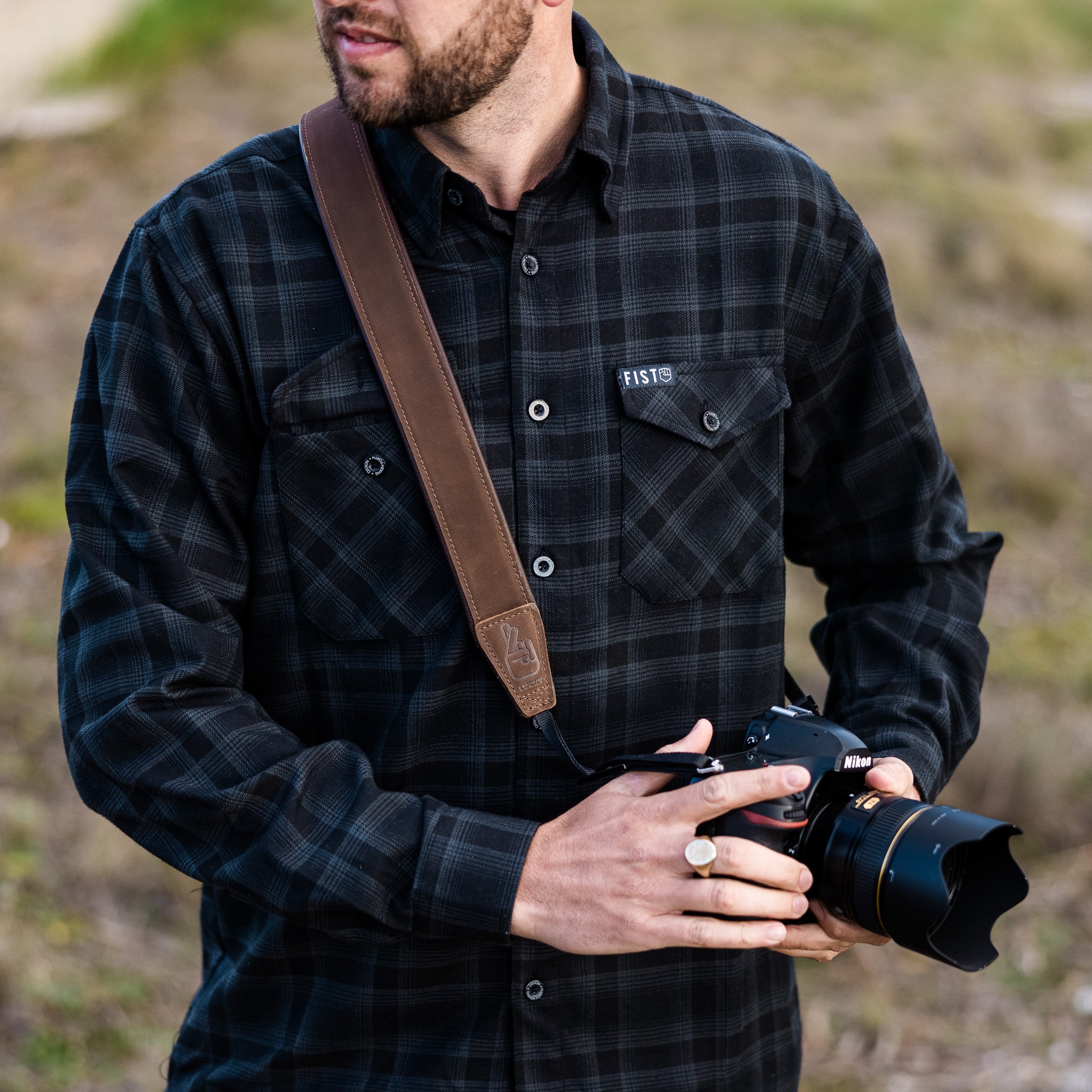
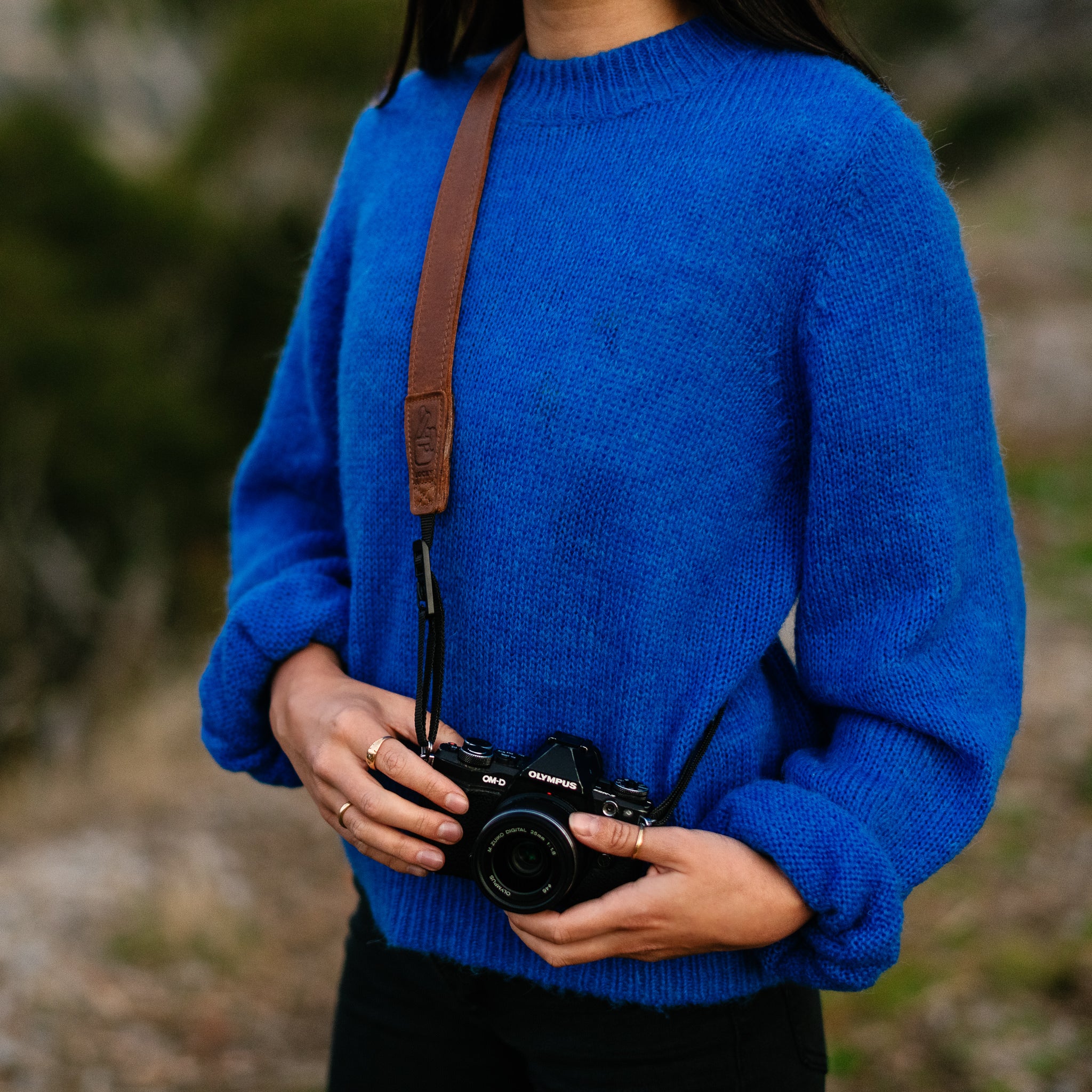
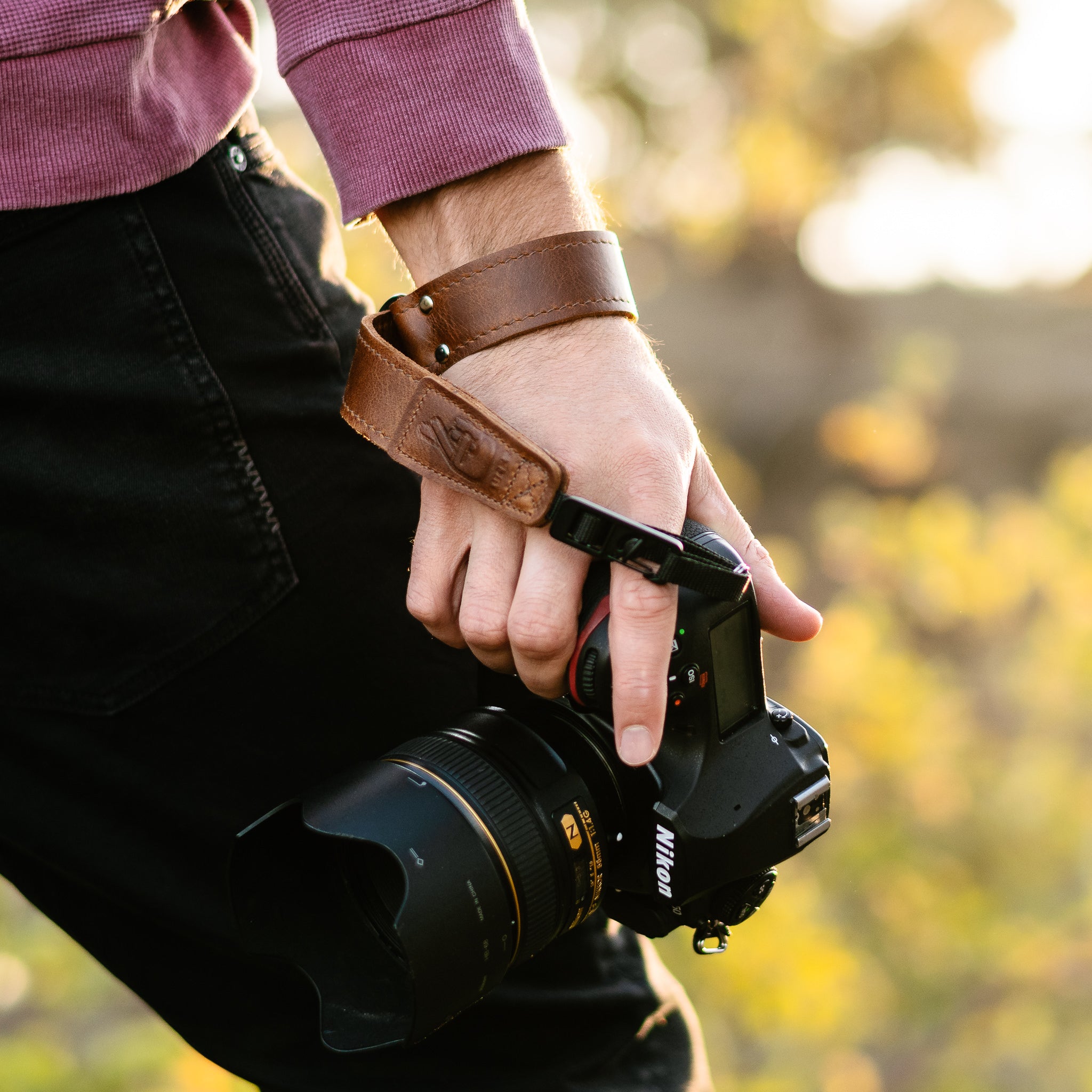
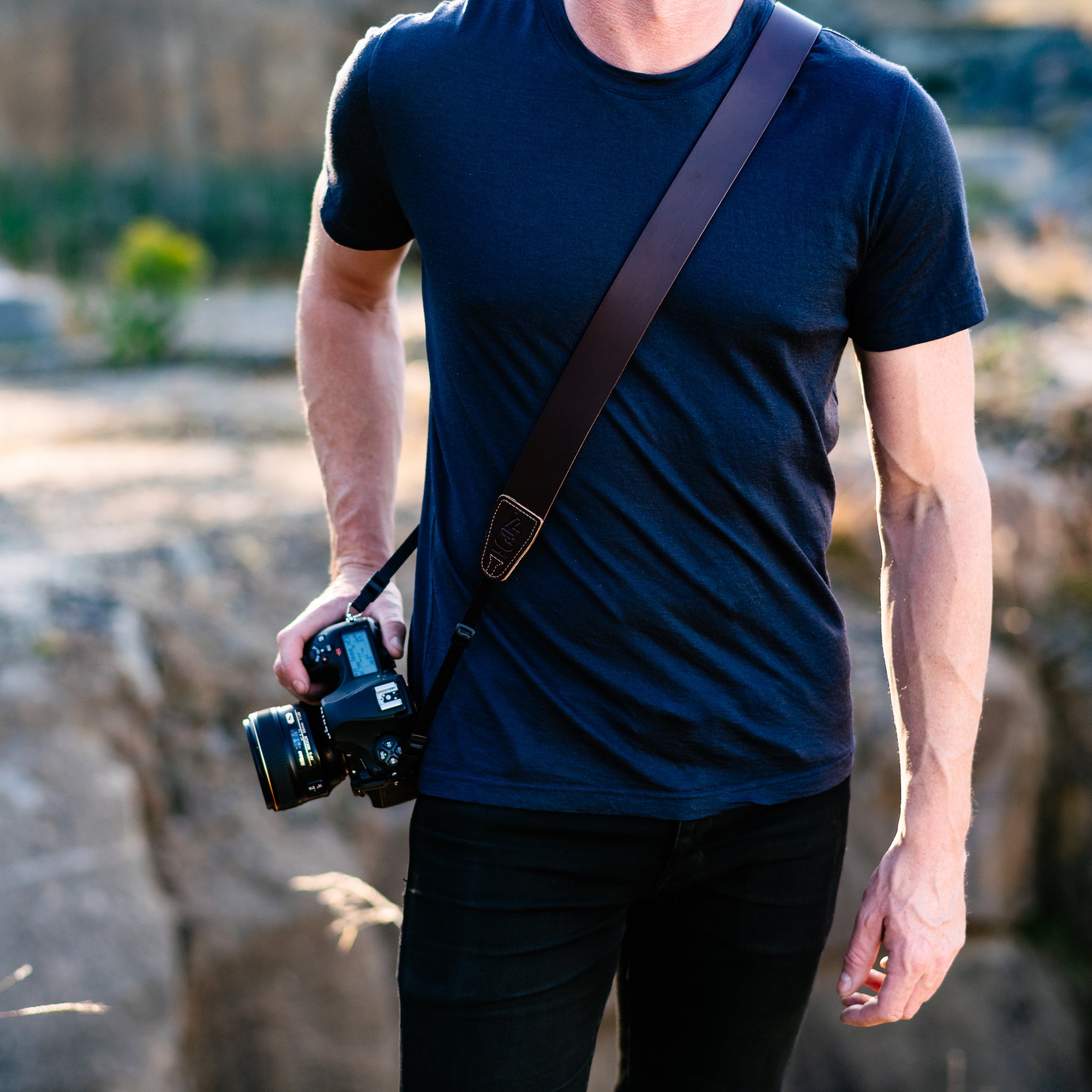
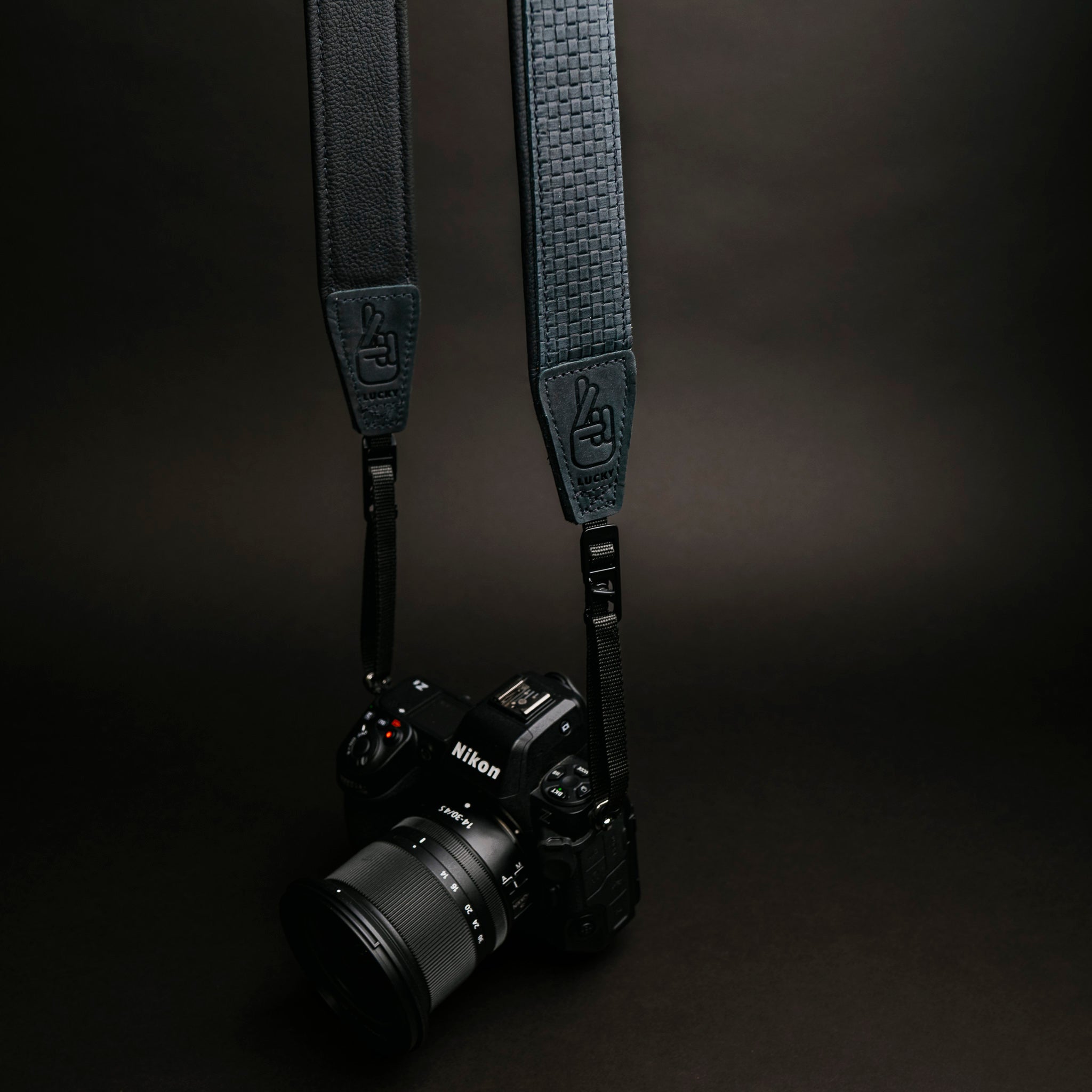
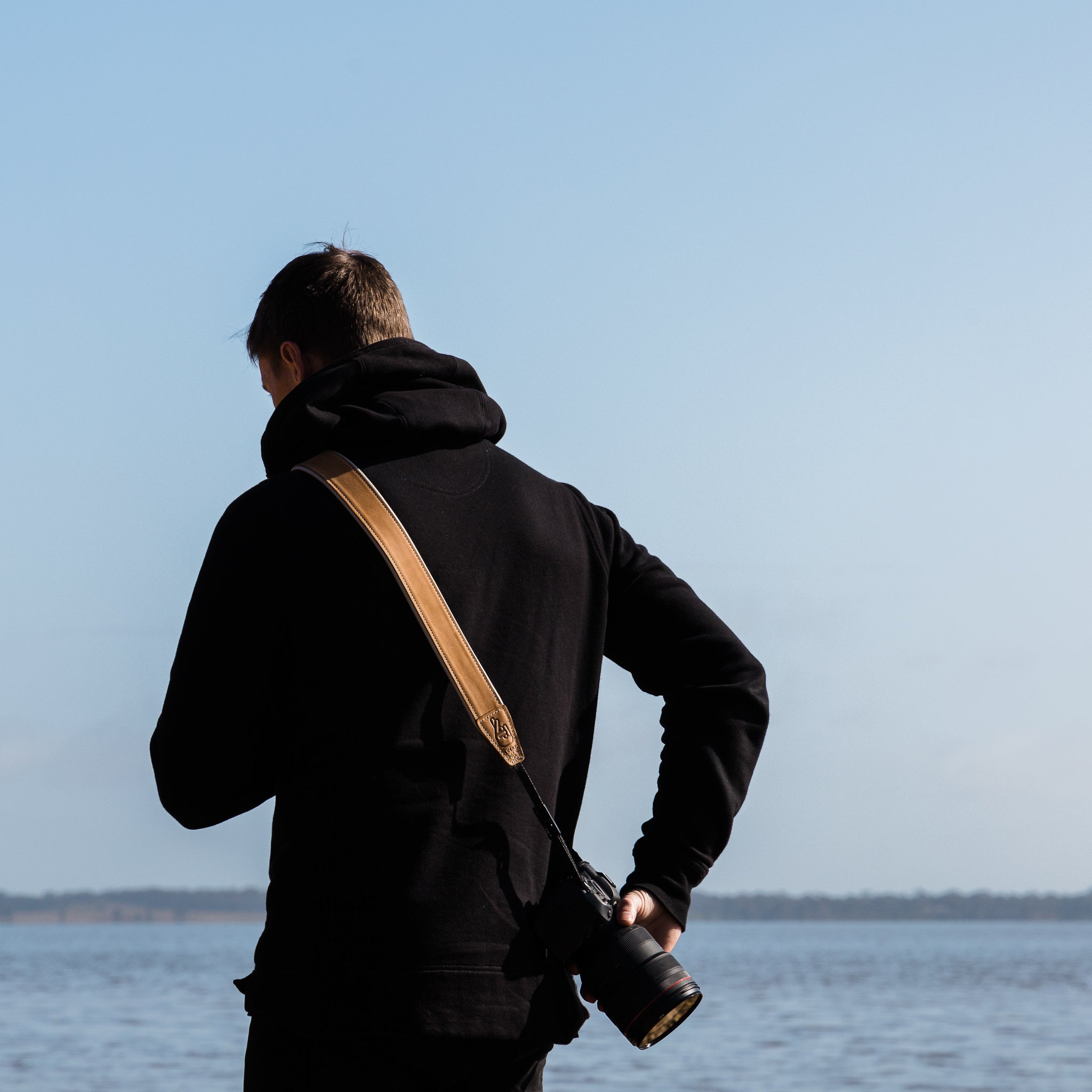
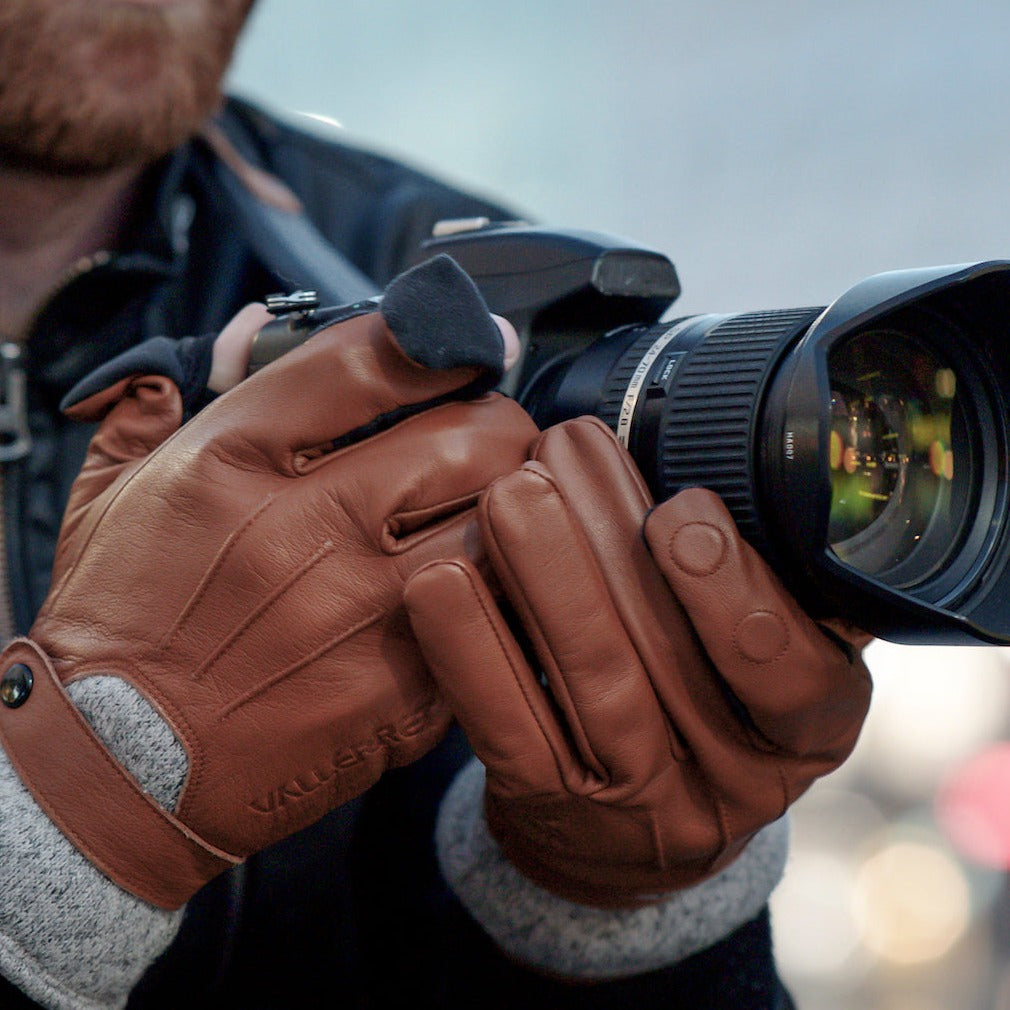
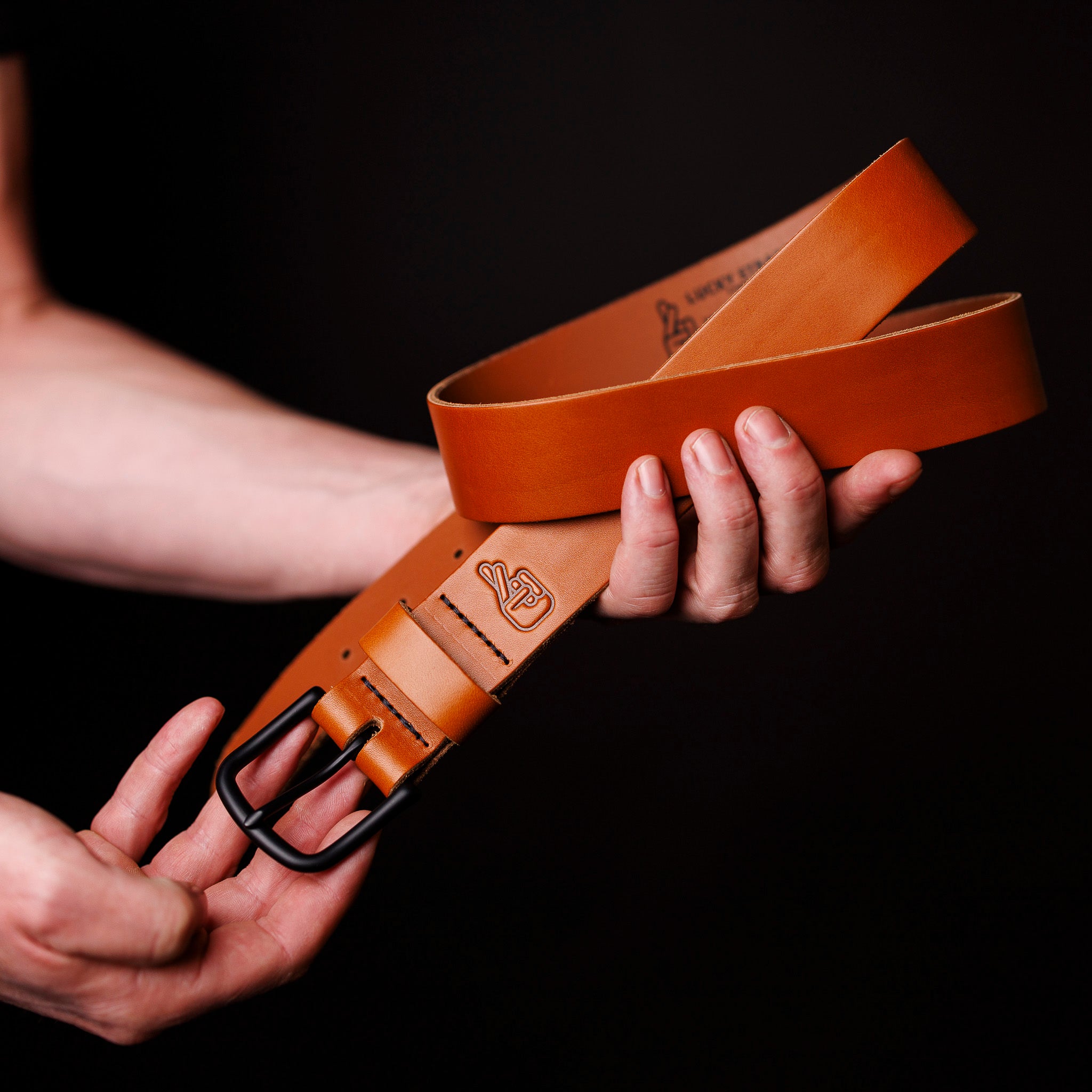
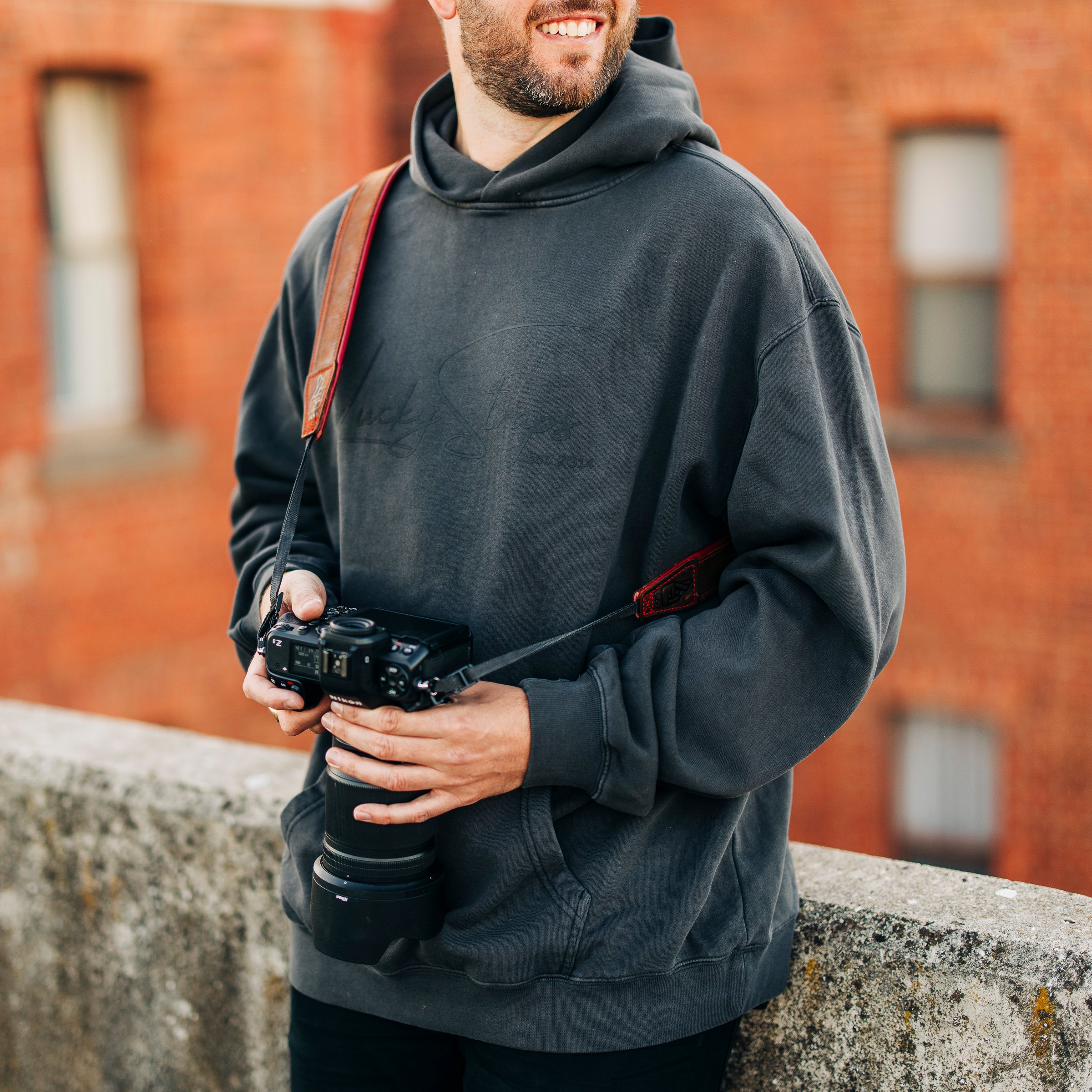
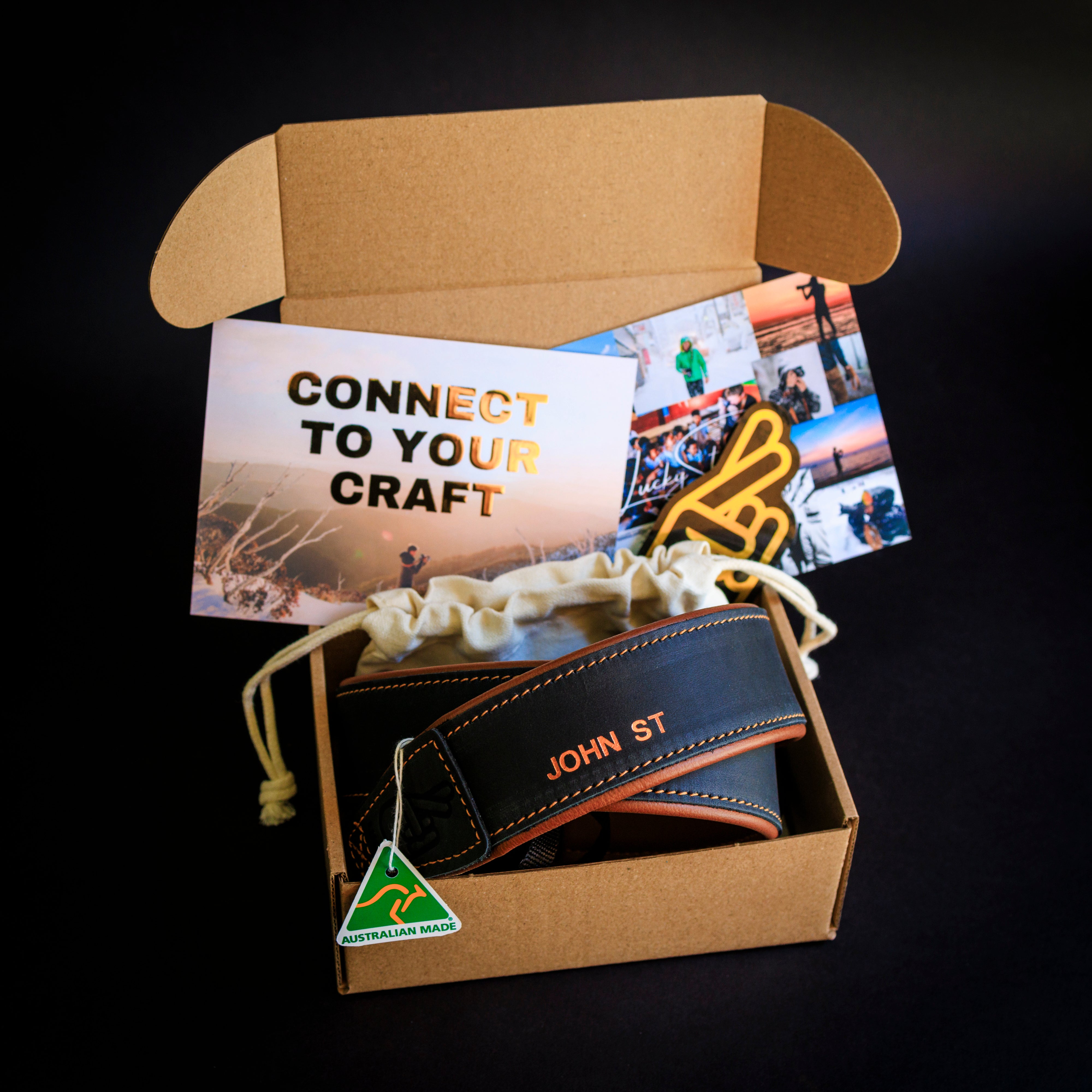

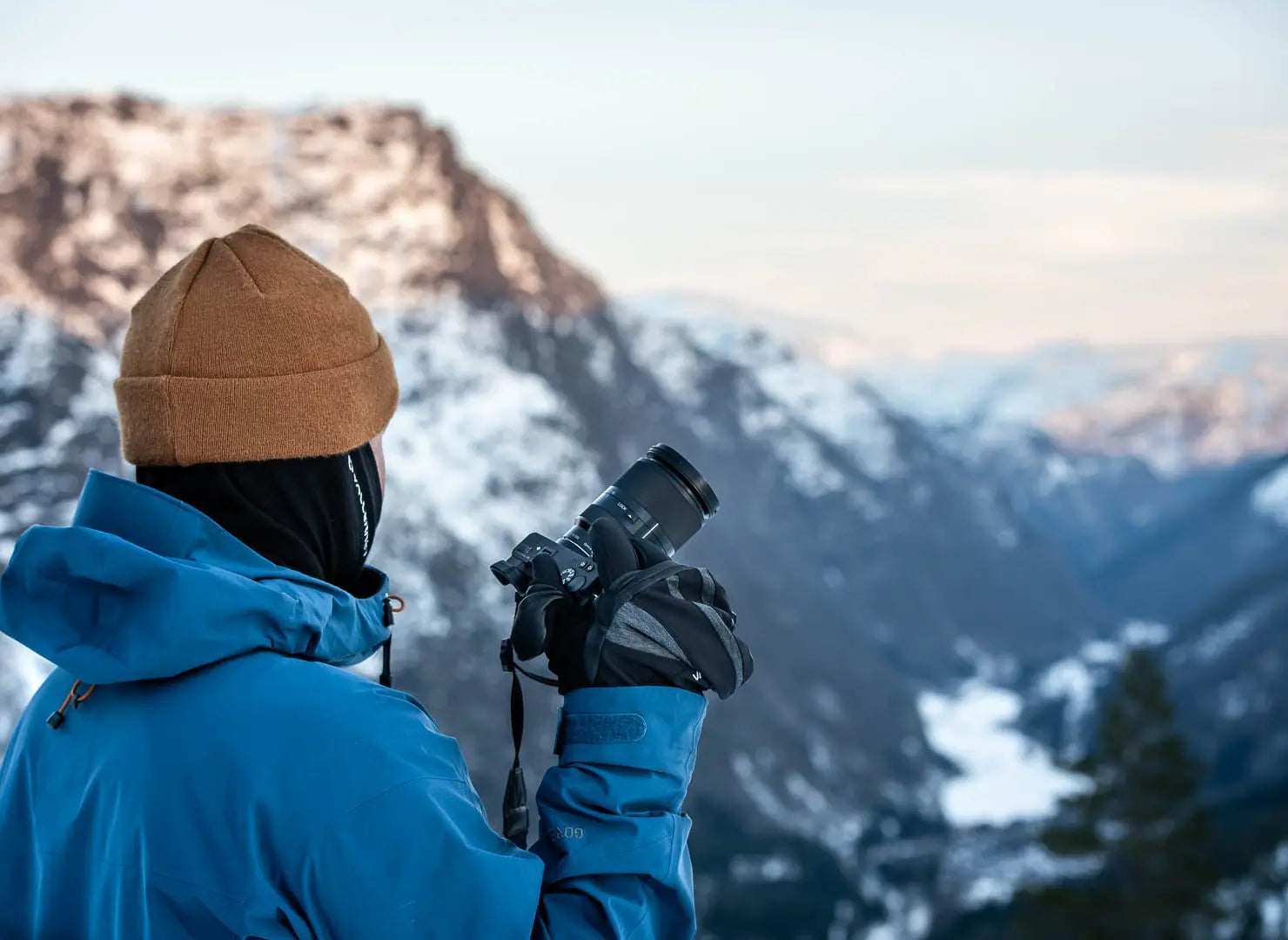
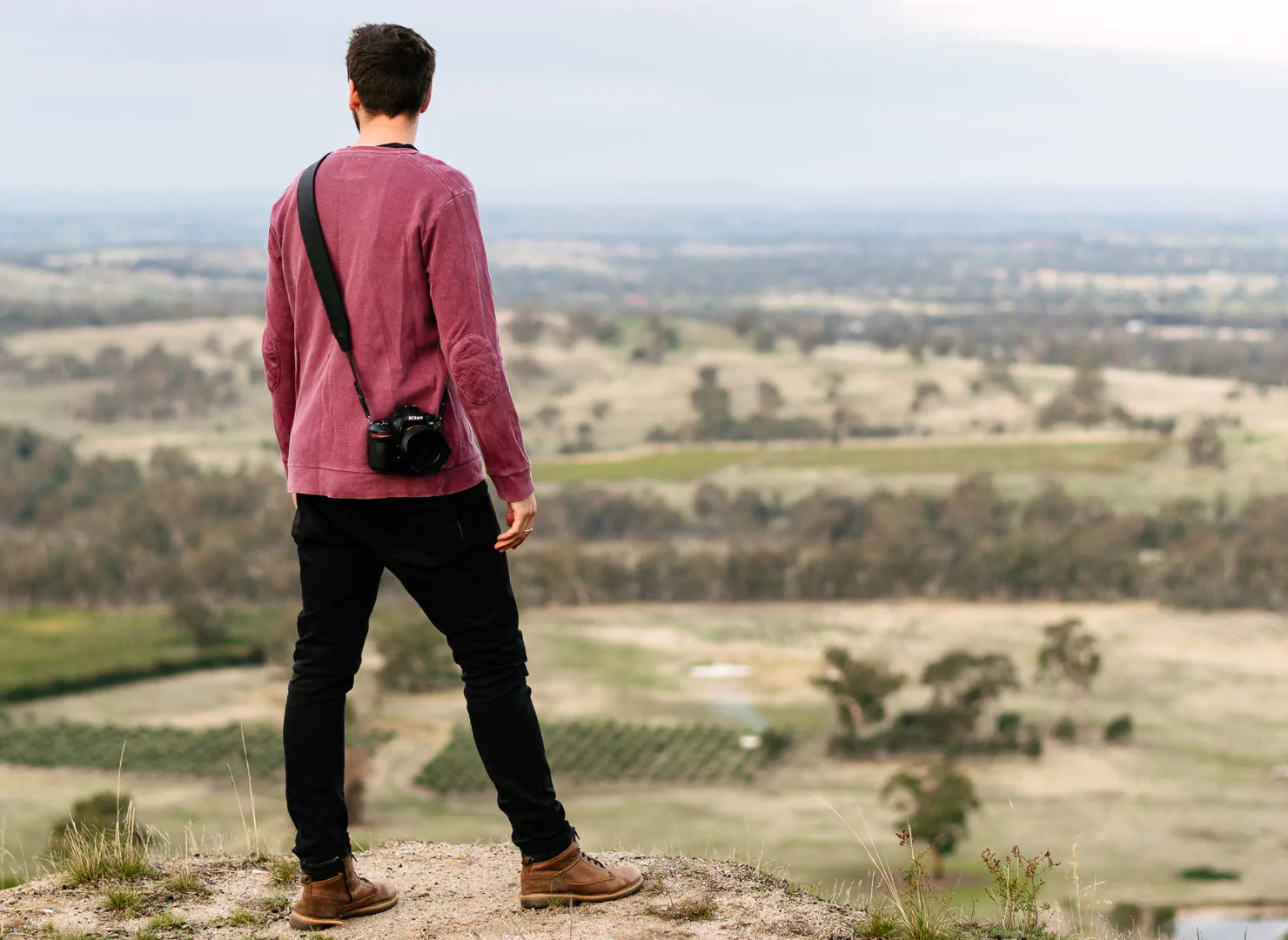
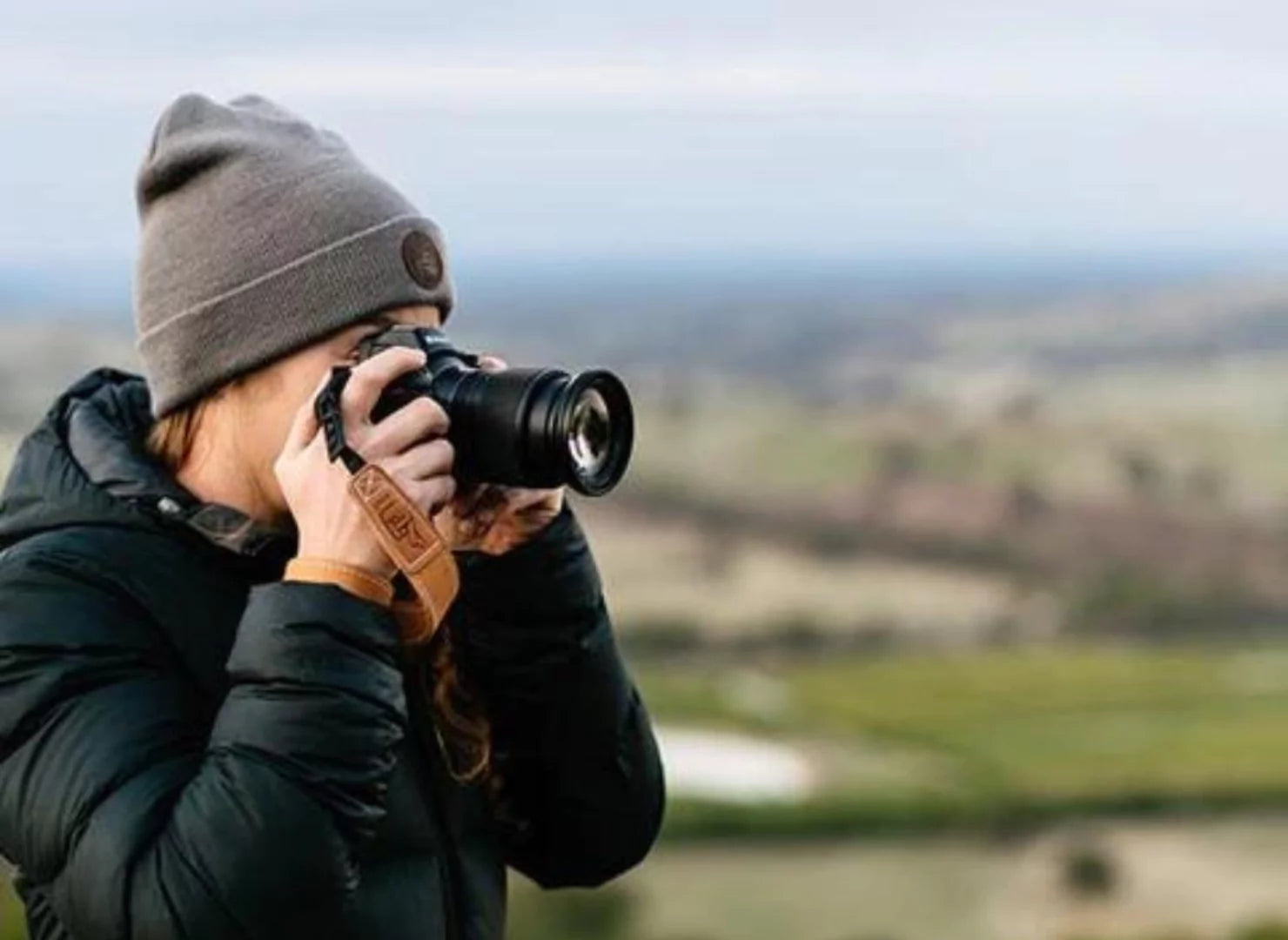
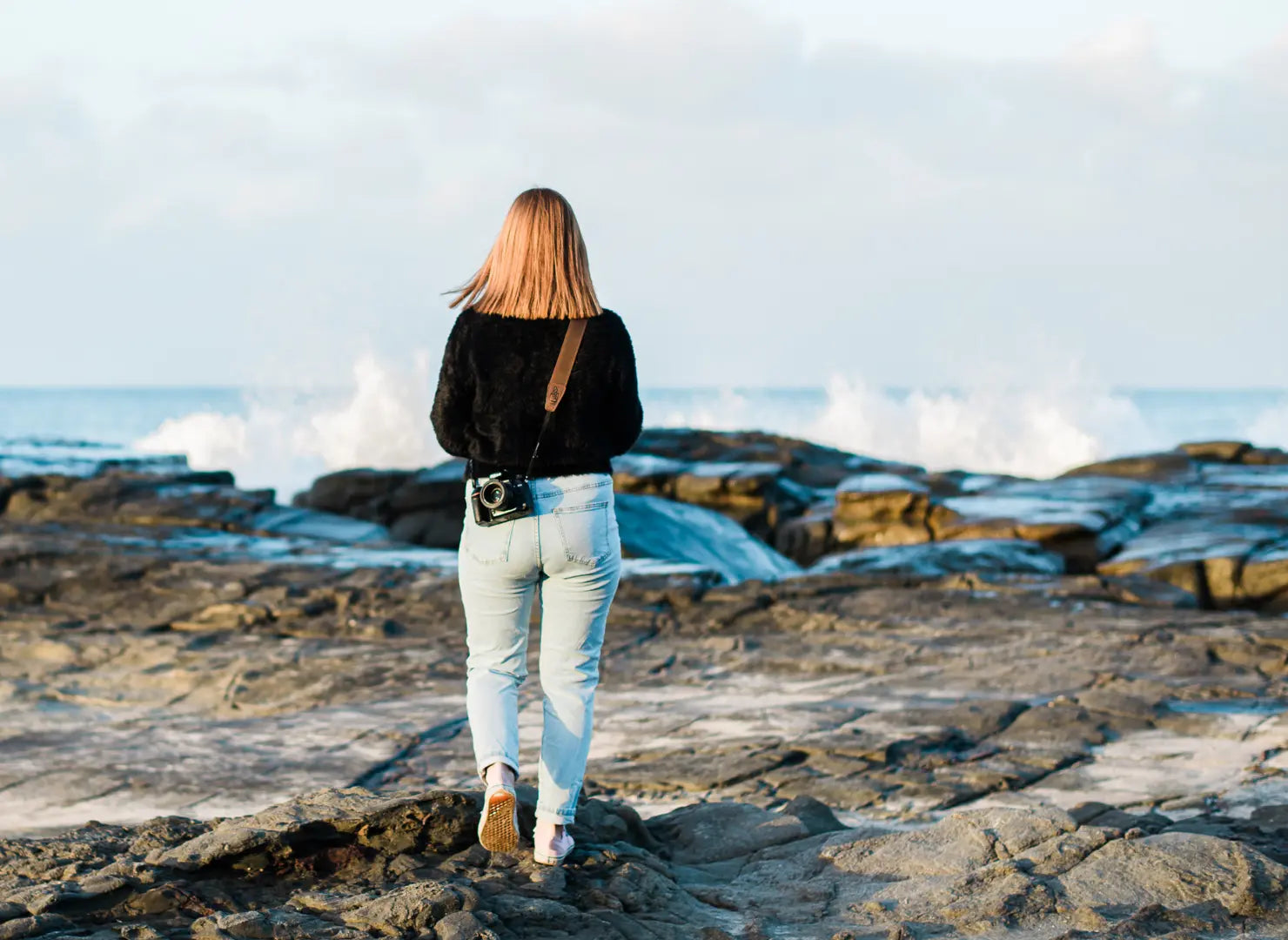
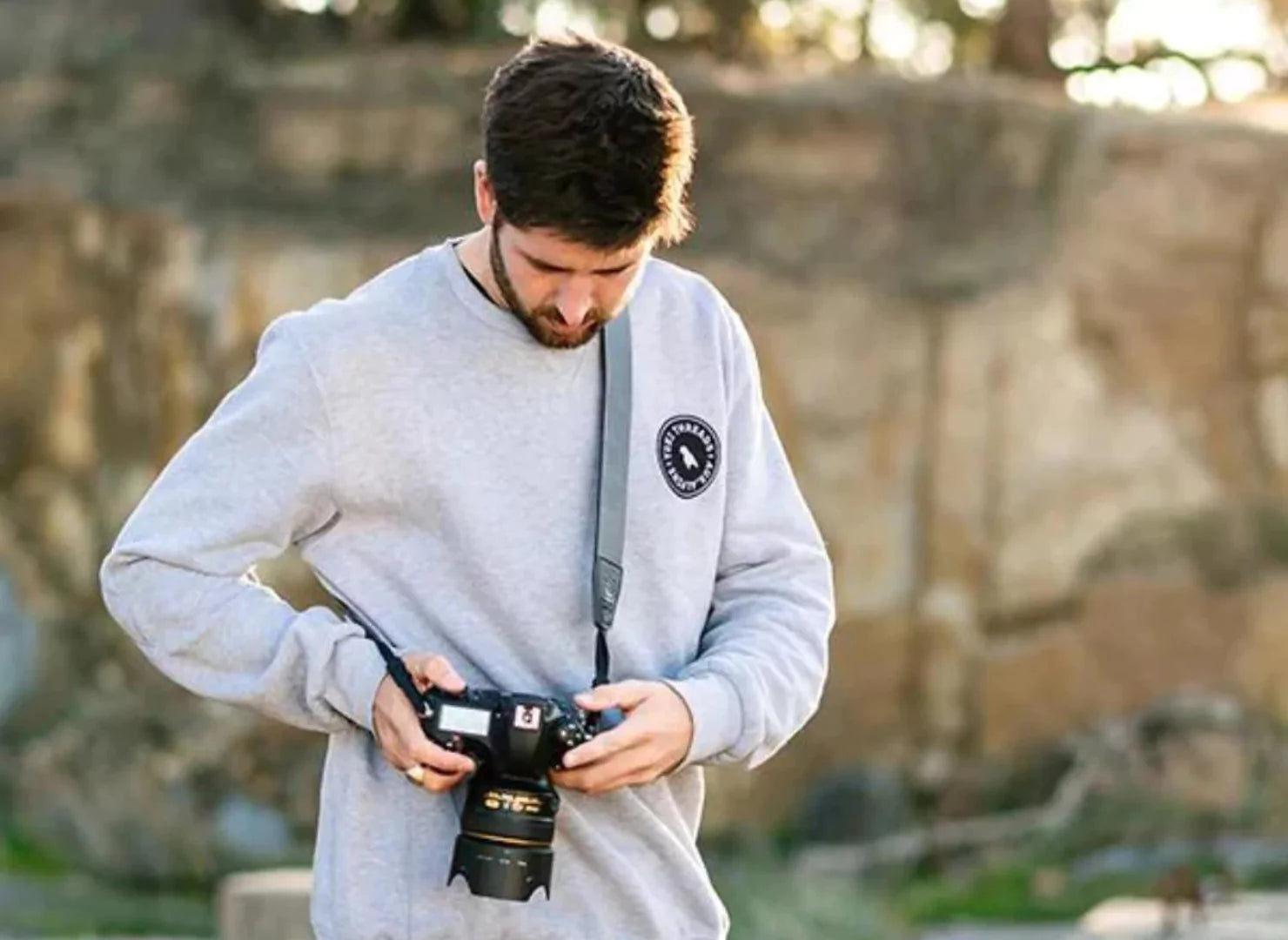

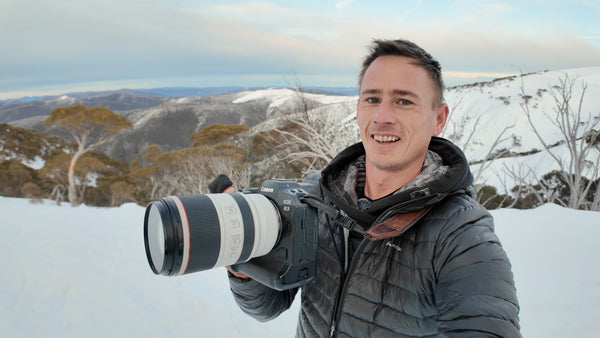
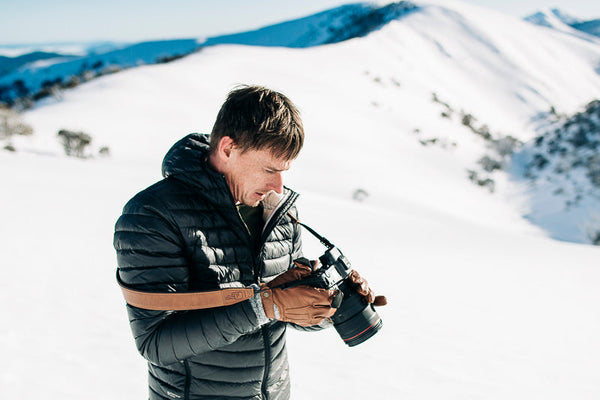



1 comment
David Marriott
Good article Justin.
I’m now retired, so I have time to lift my head up, and I have to say it’s great having a top camera in the current era. After a couple of years being bitterly disappointed by the results I got from film processing and printing in the 1970’s, I spent years taking slides (SOOC!), and being as you had to pay for each and every one, the essence was to try to get the best result you could first time. Often you only learnt about it several weeks later when you received the results. But you did get lots of good ones, especially when you step away from blue skies!
So, to those of you born in the digital age, join a camera club, read up and YouTube everything you can about your camera, and the art of composition, and start working in RAW. With the multitude of settings you have available, you’ll quickly start to take your photography to the next level, both in the results, and the creative level of personal satisfaction. Minimal editing is still useful for minor tweeks, but camera in hand is always better than slaving over results know you could have improved in camera!
Good article Justin.
I’m now retired, so I have time to lift my head up, and I have to say it’s great having a top camera in the current era. After a couple of years being bitterly disappointed by the results I got from film processing and printing in the 1970’s, I spent years taking slides (SOOC!), and being as you had to pay for each and every one, the essence was to try to get the best result you could first time. Often you only learnt about it several weeks later when you received the results. But you did get lots of good ones, especially when you step away from blue skies!
So, to those of you born in the digital age, join a camera club, read up and YouTube everything you can about your camera, and the art of composition, and start working in RAW. With the multitude of settings you have available, you’ll quickly start to take your photography to the next level, both in the results, and the creative level of personal satisfaction. Minimal editing is still useful for minor tweeks, but camera in hand is always better than slaving over results know you could have improved in camera!